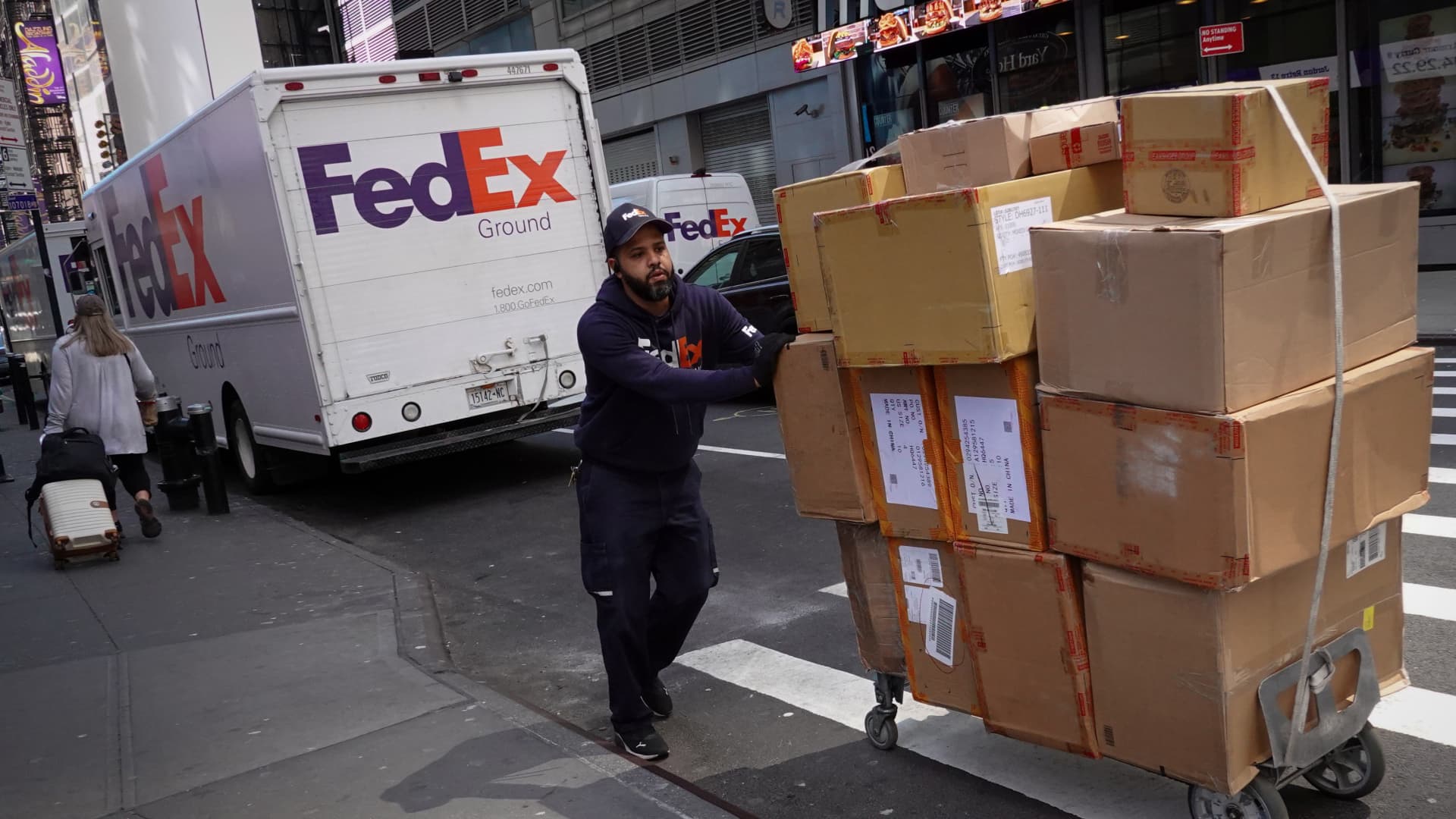After years of unbridled consumer spending on everything from home improvement to dream vacations, some companies are now finding the limits of their pricing power.
Shipping giant FedEx last week said customers have shied away from speedier, pricier shipping options. Airlines including Southwest discounted off-peak fares in the fall. The likes of Target and Cheerios maker General Mills have cut their sales outlooks as more consumers watch their budgets.
It’s a shift from the recent years when consumers spent at a breakneck pace — and at high prices — lifting corporate revenues to new records. But faced with weakening demand, more price-sensitive consumers, easing inflation and better supply, some sectors are now forced to find profit growth without the tailwind of price hikes.
The answer across industries has been to cut costs, whether it’s through layoffs or buyouts, or simply becoming more efficient. Executives have spent the past several weeks selling these cost-cutting plans to Wall Street.



I agree with all your text but
I find this experience particularly annoying. I go to Target.com to find stuff sold by Target. I don’t need another place for random no-name companies to hawk their wares. Especially since a lot of it just seems like drop ship crap.